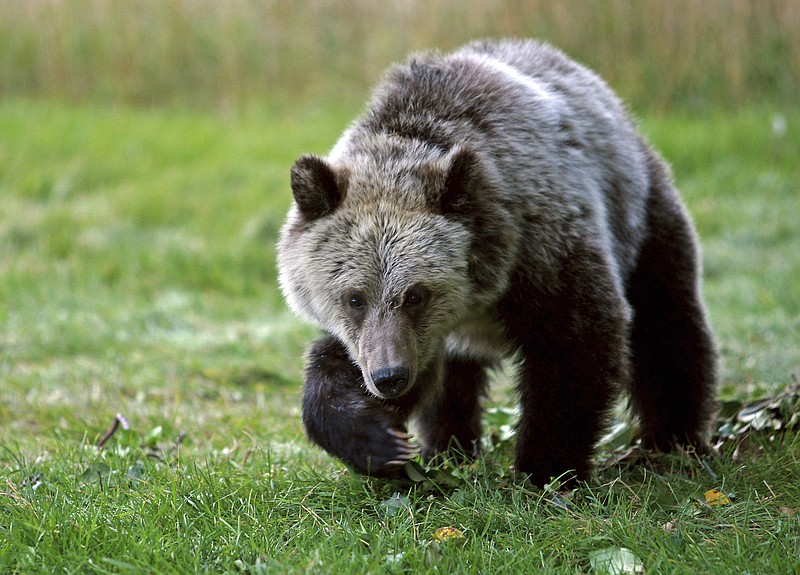BILLINGS, Mont. (AP) - U.S. officials said Wednesday they'll review the recent lifting of protections for Yellowstone-area grizzly bears in light of a court ruling that retained protections for gray wolves in the Great Lakes.
Approximately 700 bears in and around Yellowstone National Park lost their threatened species status July 31, opening the door to futur trophy hunts in Wyoming, Montana and Idaho.
Just a day later, a federal appeals court in Washington D.C. said in the wolf case that wildlife officials needed to give more consideration to how a species' loss of historical habitat affects its recovery.
Like wolves, grizzly bears have seen a strong recovery over the past several decades in isolated regions of the U.S., but remain absent from the vast majority of their historical range.
In its response to the appeals court ruling, the Fish and Wildlife Service said it's now seeking public comment on the potential implications for Yellowstone bears.
The animals will stay under state jurisdiction and off the threatened species list while the review is pending, said Fish and Wildlife spokesman Steve Segin. The agency plans to release its conclusions by March 31.
Grizzlies remain protected as a threatened species outside of the Yellowstone region and Alaska.
Other species could be affected by the ruling, Segin said, adding it likely would have to be under similar circumstances where a decision was being made on just a segment of a species' entire population.
Andrea Santarsiere with the Center for Biological Diversity said Wednesday's announcement was an attempt to paper over what she called "fatal flaws" in the decision to lift protections.
"Yellowstone's grizzly bears remain at risk and no amount of bureaucratic jujitsu by the Trump administration will change that fact," Santarsiere said.
The question in the Great Lakes wolf case was whether some members of an animal population can meet the legal definition of recovered even as the species struggles or is nonexistent elsewhere.
A three-judge panel concluded federal officials erroneously considered the status of the Great Lakes population in a vacuum, leaving wolves elsewhere in the country in "legal limbo" after wolves in Michigan, Wisconsin and Minnesota lost protections. Those protections later were restored by a federal judge.
Yellowstone's bears make up one of the largest populations of grizzlies in the Lower 48. They've been isolated for decades from other concentrations of bruins, including an estimated 1,000 grizzlies in northwest Montana.

